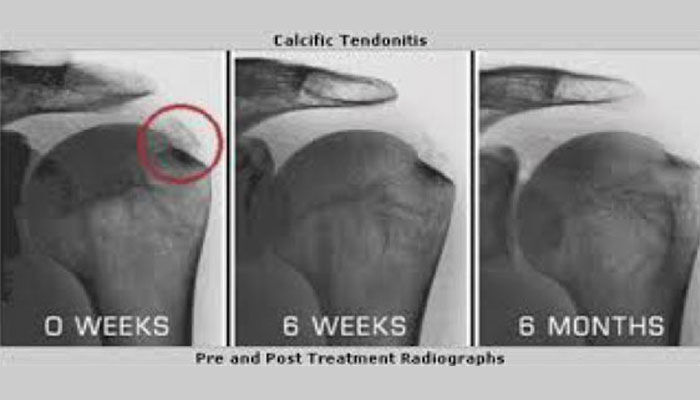
Shock waves are the treatment of choice for tendon pathologies. Tendon lesions are not linked to an inflammatory process but to a degenerative process, which is why we speak of tendinopathy rather than tendinitis (the suffix ite referring to inflammation).
During sports or physical activity, overwork and repeated micro-shocks damage the tendons.
Shockwave therapy offers excellent non-invasive therapy for treating chronic pathologies affecting tissues. We quickly obtain indolence and an improvement in the quality of life, while maintaining moderate physical activity below the pain threshold.
This treatment is an interesting alternative to surgery and corticosteroid injections for the treatment of tendinopathies in our athletes.
The main indications
Radial humeral epicondylitis. (tennis elbow).
Calcifying tendinopathies of the shoulder.
Epitrochleitis (ulnar humeral epicondylitis, Golf elbow).
Trochanteric bursitis.
patellar tendinopathy.
Achyllodynia.
Plantar Fasciitis.
Chronic enteropathies.
Why this treatment?
This shock wave therapy is an outpatient, atraumatic treatment, requiring no anesthesia or medication. The improvement is gradual, with the maximum beneficial effects appearing only after four to six weeks, however the quality of life of the patients improves rapidly.
The success rate is high, varying according to the studies between 70 and 80%.
Patient acceptance of treatment is excellent.
What does the treatment consist of ?
We use a device that delivers 1500 to 3000 shots.
The duration of a session lasts between 5 to 10 minutes.
A typical session:
– Localization by palpation of the area to be treated.
– Application of a contact gel.
– Delivery of 2000 to 3000 pulses at 2.5 Bars.
– No need for anesthesia.
Generally, 4 to 6 sessions at weekly intervals are carried out.
An improvement in the symptoms appears gradually, but it is necessary to wait approximately 6 weeks after the last session to obtain total healing. influence the healing of tendon fibers in the direction of movement.
Treatment with an anti-inflammatory for analgesic purposes may be prescribed at the start of treatment. Physiotherapy and stretching sessions can also be combined.
